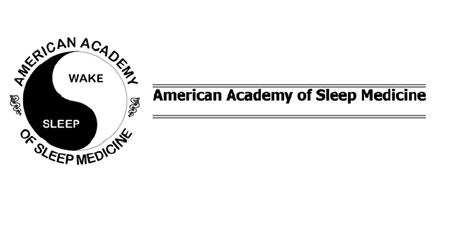
94 percent of subjects with Down syndrome had OSA which was pointed out by the results. It was also seen that moderate OSA with an apnea-hypopnea index (AHI) where they take more than 15 breathing pauses per hour of sleep were apparently seen in about 88 percent of the subjects. A striking correlation was seen between body mass index (BMI) and AHI. Also it was seen that apparently 12 of the 16 subjects were found to be obese. The subjects with Down syndrome’s overall sleep night were 307mins which were seen more than an hour less from controls (380mins). Medical evaluation was apparently sought out for only one case in spite of the severity of OSA.
The fact that children with Down syndrome are at a threat for OSA with an occurrence of 30 to 55 percent is apparently well known. This is as per senior author Carole Marcus, M.B.B.Ch., professor of pediatrics at the University of Pennsylvania and director of the Children’s Hospital of Philadelphia Sleep Center. As per them adults with Down syndrome have even more influencing factor for OSA than children, as they still have the craniofacial anomalies and they have more tendency to be obese or hypothyroid.
Marcus commented “Patients with Down syndrome have a great deal of risk factors for OSA (based on their narrow midface, large tongue, floppy muscle tone, tendency towards being overweight, and thyroid disease). However, the fact that almost all of the subjects studied had OSA was a much higher prevalence than we expected. It was surprising how severe the illness was, and how the OSA was unsuspected by their caregivers.”
The study incorporated information from 16 adults with Down syndrome who went through the assessment for sleep disordered breathing. The local association of retarded citizens (ARC), Parents of Down Syndrome (PODS) group meetings and the Kennedy Krieger Down syndrome Clinic were the places from where the subjects were enlisted for the study. Form the clinic eight subjects were enlisted whereas the other eight reacted to the fliers and letters. The age of the participants varied from 19 to 56 years with 33 being the median age. It was seen that half of the subjects were females (postmenopausal was the condition for four of them). Out of the 16, there was one Asian and 15 Caucasian.
In the John Hopkins University adult Sleep Center, the polysomnographic results were corresponded and judged against the retrospective control sample of 48 adult patients who went through the regular diagnostic nocturnal polysmnography. Median AHI of 16 was seen in the controls that had less severe sleep apnea. AHI of more than 15 were seen in apparently 55 percent of the subjects. AHI of more than 30 were supposedly seen in about 38 percent of the subjects.
The author proposes that obesity which is a general and impending treatable problem in Down syndrome appears to play a significant function in the pathophysiology of OSA in this population.
American Academy of Sleep Medicine shares that OSA is a breathing disorder which is sleep related. During OSA our airflow is absolutely cut short or reduced in spite of the effort we put to continue to breathe. It happens when during our sleep, muscles loosen up and due to which the soft tissues in the back of the throat give way and obstruct the upper airway. Due to this, partial reduction in breathing (hypopneas) and absolute pauses (apneas) happen in breathing and sudden reductions in blood saturation can be generated. Most people who suffer from sleep apnea apparently snore loudly and daytime sleepiness is commonly experienced by them.
This study was published in the Journal of Clinical Sleep Medicine (JCSM).
